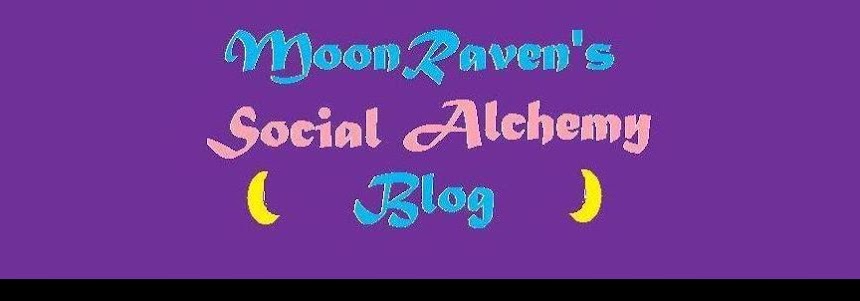I mentioned in my last post that I have been studying mycology, which is the study of fungi. (Here's a joke from the book, Radical Mycology: “Why did the mushroom go to the party? Because he was a fungi.”) Most people, when they think of fungi, think of mushrooms, but mushrooms are just a small (but very visible) part of the fungal world.
There are single celled fungi, including yeasts and ‘chytrids’, but many fungi form long strands of cells called ‘hyphae’ (singular: hypha) which join together to form a network called mycelium. These are the white threads that you can find in the earth, in compost, and in rotting wood. These are also the many colored molds you see on decaying foods. One of the largest mycelium ever found is a fungus in Oregon that is 3.4 miles in diameter and thought to be more 2,400 years old!
Mushrooms turn out to be the ‘fruiting bodies’ of the mycelium. Basically, when the mycelium decides that it is time to reproduce, it forms a mushroom, which contains spores that germinate to start new fungi.
Fungi are divided (by mycologists and other scientists) into several phyla. The various books that I looked at disagreed as to what many of these were, but there were two that all the books agreed on. These are the ones that produce some of the more visible fruiting bodies, the Ascomycota (which produces, among other things, truffles, morels, and cup fungi) and the Basidiomycota (which produces most of your standard mushrooms).
A different way of looking at fungi is to understand how they nourish themselves. Fungi can be put into four categories: saprophytes, parasites, mycorrhizal, and endophytes.
Saprophytes are the decomposers of the fungal world. They live off of dead matter: dead plants, dead animals, even dead fungi, as well as fecal material. They (along with the bacteria) are the reason the world isn't filled with dead bodies (and leaves and logs and plants). The saprophytes recycle organic matter--especially wood, which is hard for bacteria to break down.
The parasites go after living tissue. These are the fungi that cause diseases in plants and animals (including people). And sometimes the lines are blurry between the saprophytic and parasitic fungi--especially when a creature or plant is old, weak, and/or dying. Some saprophytes get a head start, so to speak, before the tree, or whatever, is truly dead.
The mycorrhizal fungi are extremely important for the soil. Their mycelium are connected with plant roots and feed the roots minerals and other nutrients in exchange for the sugars that the plant provides. They are a huge part of the ‘soil food web’ that I mentioned in my piece about Elaine Ingham.
Finally, the endophytes actually live inside plants, mostly in a mutualistic manner, protecting the plant while the plant nurtures them.
Some books that I have found useful in my study of mycology include:
- A 1963 British text, Soil Fungi and Soil Fertility, by S.D. Garrett
- My 2002 old standby, Biology, by Campbell and Reece
- Another old favorite, Teaming with Microbes, by Lowenfels and Lewis (2010)
- The book that I mentioned in my last post and at the beginning of this one, Radical Mycology, by Peter McCoy (2016)
- And the well known book by Paul Stamets (the real person, not the Star Trek: Discovery character), Mycelium Running (2005)
(Incidentally, Jeff Lowenfels has a new book out called Teaming with Fungi that I haven't gotten to look at yet.)
Next, Radical Lichenology.
Quote of the Day: “Imagine yourself as a fungus!... Where do you live? What do you like to eat? What do you observe in the environment around you?” - Mitra Sticklen and Maya Elson

